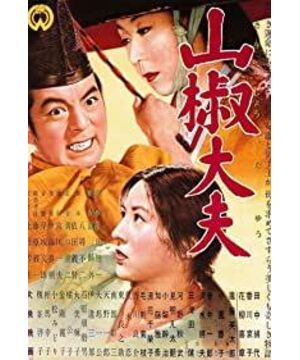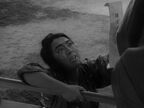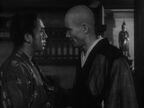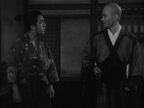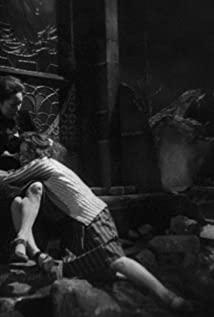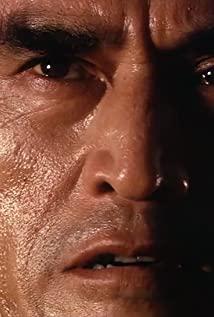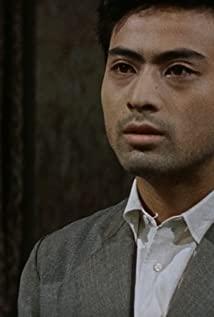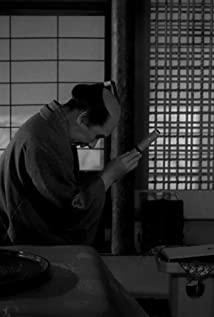At first I thought it was a story of Bethune or a story of a genius doctor hanging a pot to save the world. After entering the film, I found that the pronunciation of the word "big" is da instead of dai. Mr. Mizoguchi Kenji can be said to be the soul of Japanese movies, good at portraying female characters, and this work is no exception. The subtitle narration at the beginning of the story already tells us that this is a tragic story, but the tragedy is also sensational.
A father's education to his children is profound, and those who have no mercy are like wild animals. Chef Wang and An Shou took this sentence to heart, but in that world, there are no people but beasts. His father was framed and exiled for the people to fight against the power, his mother was deceived and sold as a prostitute, his servants were killed, and his brother and sister became slaves. All this confirms that this is a world of beasts rather than a human society.
The doctor Sanjiao in the title is not a parental official, but a slave owner. His viciousness can be described as outrageous, and his image is in stark contrast to his son Taro. Taro is a person with compassion, but the world he lives in is a beast-like society, and his personal power is so small and weak.
The only thing that makes people feel a little gratified in the film is the chef king. He and An Shou endured all this silently. He has also fallen. When he was about to give up, An Shou encouraged him and helped him escape from hell. Life also came to an end. However, the Chef King got lucky after tossing and turning. It was this gift that made him try to change this animalistic society, liberate slaves, liberate those who work hard, and make people equal, and finally mother and son reunite and regain their family.
But the narration of the title has already explained all this, this is just a legend among the toiling masses, and it is the desire of the slaves. Mr. Kenji Mizoguchi turned this legend into a story and presented it to everyone with images.
I have to say that some of the scenes in the film are beautiful and bleak. When the slaves are shown in the film, the panoramic aerial shot is used. At this time, the doctor Sanjiao at the edge of the image moves aggressively towards the center of the picture, giving people a sense of tension and oppression. The clip of An Shou's suicide also uses this technique. An Shou slowly walks from the edge of the picture to the center of the lake and then disappears, leaving only layers of ripples, giving people a beautiful and desolate feeling. The most worth mentioning is that the director used a large panorama to show the calm sea many times, which seems to imply that those who suffer are like this sea, without life and hope, and their suffering continues without end.
View more about Sansho the Bailiff reviews


